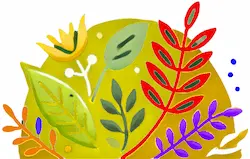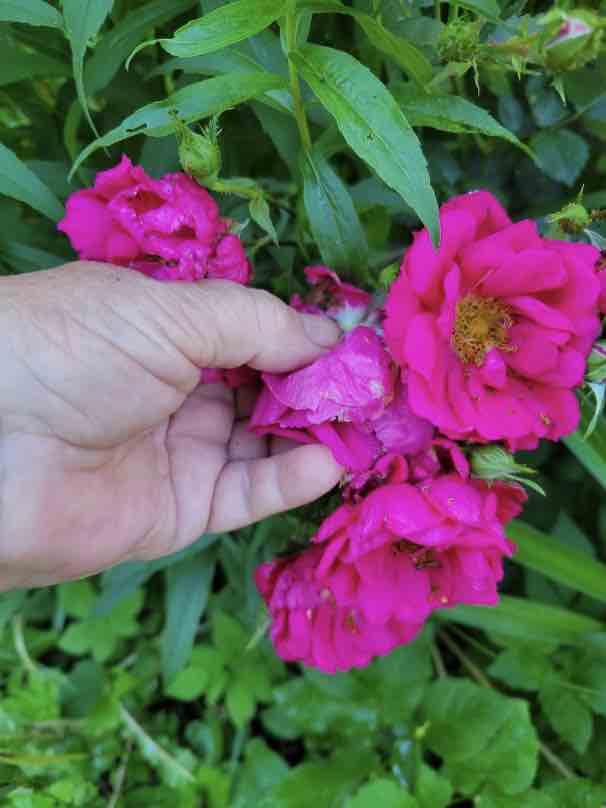Your cart is currently empty!
Ornamental Gardens at the Central Experimental Farm
The ornamental gardens at the Central Experimental Farm are hallowed grounds in terms of Canadian horticultural history. To get a better appreciation of this, you have to imagine yourself going back to 1886, when the Canadian government established the experimental farm. At the time, Canadians were looking for research-based solutions to add more colour to their gardens and brighter flowers, but more importantly, for more options to deal with winter. There was a need for plants that were more tolerant of cold, with a longer growing season, and varieties that produced more. So the central experimental farm was created, and Williams Saunders was appointed its first director. William Tyrrell Macoun (pronounced Mc-Cown rather than McCoon) was then hired as Canada’s first Dominion Horticulturalist. Within a few years, they had hired a research staff of 100 scientists.
Canadian horticultural history has been made on this farm. Of note:
Isabella Preston developed new varieties of flowers, shrubs, and crabapples. She became famous for the Preston series of lilacs, which can be found down the hill from the garden, and Rosybloom crabapples, including the one you see beside us and in the north-east corner, as well as irises, and lilies. These two remaining crabapple trees are from the Rosybloom series developed by Isabella Preston. Rose-coloured flowers entirely cover the trees in May. Rosybloom crabapples also line Prince of Wales Drive, and you will see them flowering if you come by during the Tulip Festival in May.
Macoun was a great advocate of having everyone enjoy a colourful garden at home that could be made possible with common plants. Many of the perennials and shrubs planted in the garden at that time were those that Macoun would have had in his garden. Nothing would have been exotic, instead, he focused on plants that were colourful and hardy. Initial plantings in the garden included roses, lilacs, lilies, and crabapples that originated at the Farm. Sadly, not all of these exist in the garden today.
Felicitas Swedja was another notable plant breeder at the Farm. She developed the Explorer series of roses and also developed hardy shrubs, including weigela and mockoranges.
Today, the Ornamental Gardens display historic and new varieties of flowers and shrubs. Covering an area of approximately 3.2 hectares (8 acres), they are a favourite site for gardeners and visitors. The Farm, covering an area of about 1000 acres, is maintained by Agriculture and Agri-Food Canada (AAFC) with a staff of 19 people, perhaps reflecting that there is no political will to maintain the farm. Rather, maintenance of the Ornamental Gardens falls heavily on the efforts of approximately 200 volunteers of the Friends of the Farm who work at the pleasure of AAFC.
Featured Attractions
Commemoration
To commemorate Canada’s 150th anniversary in 2017, the northeast part of the garden was redeveloped with plants Macoun would have had in his garden in the early 1900s, a joint effort by AAFC, the Ottawa Horticultural Society, and Friends of the Farm. The plantings included tulips and narcissus for spring color and various perennials for summer color. Felicitas Swedja, another notable plant breeder at the Farm, developed the Explorer series of roses and hardy shrubs like weigela and mockoranges. Some heritage weigelas (Weigela florida) are planted in the northeast and northwest corners of the garden, known for their hardiness and profuse blooming, used in developing new varieties across Canada.
Unique Buttonwood Tree
Towering over the garden is the American Plane Tree (Platanus occidentalis), grown from a seed supplied by Kew Gardens in London, England, in 1886 and planted by Macoun in 1897. Also known as a buttonwood or American sycamore, the tree has two sets of leaves, loses its outer bark, and always appears as though it’s on its last legs, yet after 145 years, it is flourishing. The gardening team has updated and repositioned the lily bed, and the sundial, unveiled when the garden opened in 1936 as a memorial to Macoun, was designed by botanical artist Arthur Kellett with lily and iris motifs on the six lower faces, showing solar time from 4 am to 8 pm. Down the steps is a Hosta garden, a bench, and two flower beds called the scented garden, also maintained by the Macoun gardening team. The current Hosta garden was the site of Macoun’s prized perennial garden.
Some of Mr. Macoun’s Contributions
Macoun would have had several of the perennials and shrubs, emphasizing tough and colorful plants. Roses, lilacs, lilies, and crabapples from the Farm were among the first plants planted; however, not all of them remain now. Astilbe arendsii hybrids, which were created in Germany by George Arends in the 1920s, are also present in the garden. The about twelve types that bear labels were probably added after World War II. Our group waters, pulls weeds, and adds compost to the Macoun Garden as needed. This year’s garden looks good, due to fresh compost and well-timed rains. Even though the original garden plans are no longer available, we nevertheless make ongoing assessments of what is flourishing, what is overgrown, and what may be trimmed back or changed. We try to include as many traditional species as we can.








